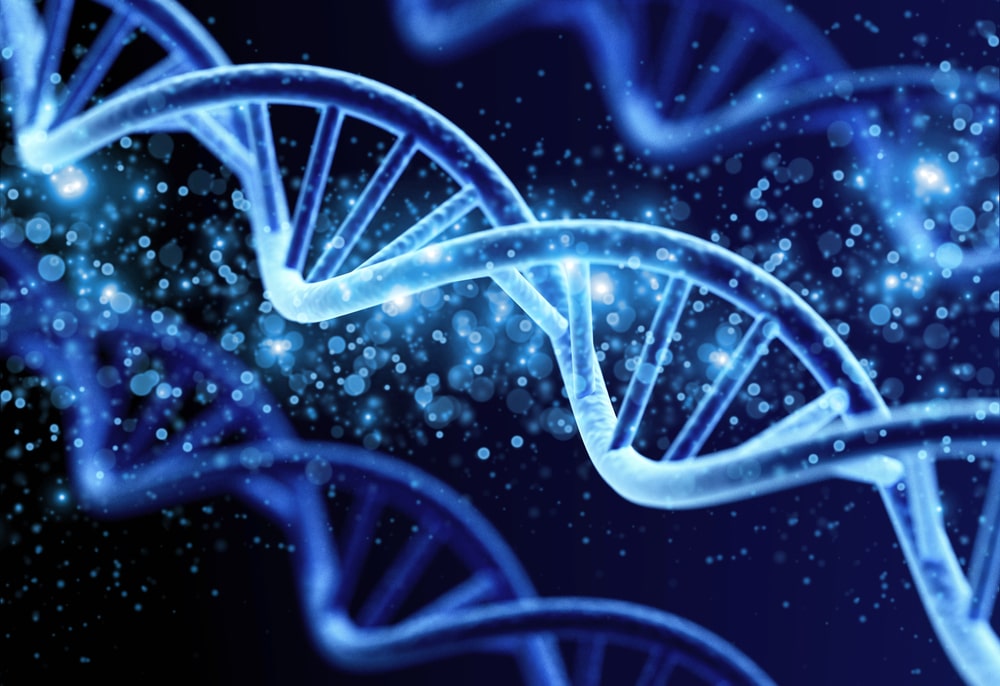Calculation of COI *

Definition of inbreeding
Inbreeding is a breeding method where the individuals have a more defile relative connection with each other, than the average of the species or a selected group (e.g.: Hungarian population).
Every artificially breeded dog breeds are originated from a low numbered group of ancestors. During the breeding process it was necessary to often use relative mating, therefore every individual from the same breed is a distant relative to each other, in spite of we can’t trace it on the pedigree. Using relative mating we can fix desired pheno- and genotypes, their occurrence rate can be increased and with that the homogeneity of the population can be increasing. This is beneficial and desirable! But unfortunately, this is disadvantageous too because the accumulation of the rare genes which can cause lethality and diseases. We need to be aware of these before we act!

Definition of
inbreeding coefficient
The degree of inbreeding can be quantified by the inbreeding coefficient. The inbreeding coefficient can be counted with a difficult mathematical formula, which takes into account the number of mutual ancestors and the generation interval. This can be calculated to an individual or the whole population. Its value is theoretically between 0 and 100% and expresses the probability of that two alleles are on the same locus of the gene, ergo they are from a same ancestor.
The FEDO program primarily wishes to help the breeders to plan the born to be offsprings’ degree of inbreeding and they can take this into consideration when they choose the mating partners.

The appropriate level of the inbreeding coefficient
The more ancestors we know of the individuals to mate, the more accurately we can calculate the inbreeding coefficient of the resulting pups. It would be optimal if we could test ten ancestral lines. However, when examining ten or more ancestral lines, the calculation would take a very long time, so the BTE calculator function was limited to 6 generations. This is enough depth to get an accurate picture of the individual, but it is also reasonably fast to calculate.
For the above reasons, it is desirable to keep the inbreeding rate as low as possible in the interests of the breed. For ease of reference, the different levels of inbreeding are also colour coded as follows:
| Color code | Values | Explanation |
|---|---|---|
| Green | Values below 3.125% | Low inbreeding level: There is no duplication in the pedigrees of parents, grandparents and great-grandparents of unborn puppies. |
| Yellow | 3.125 - 6.25% | High inbreeding level: If there is a common ancestor between the parents and grandparents of the dogs to be mated, the prior approval of the breeding manager is required for the mating, according to the MKFE Breeding Rules. |
| Red | Values above 6.25% | Very high inbreeding level |
